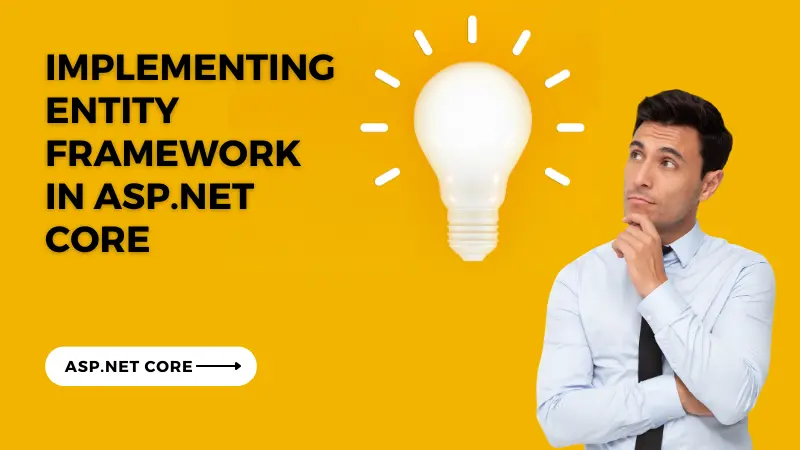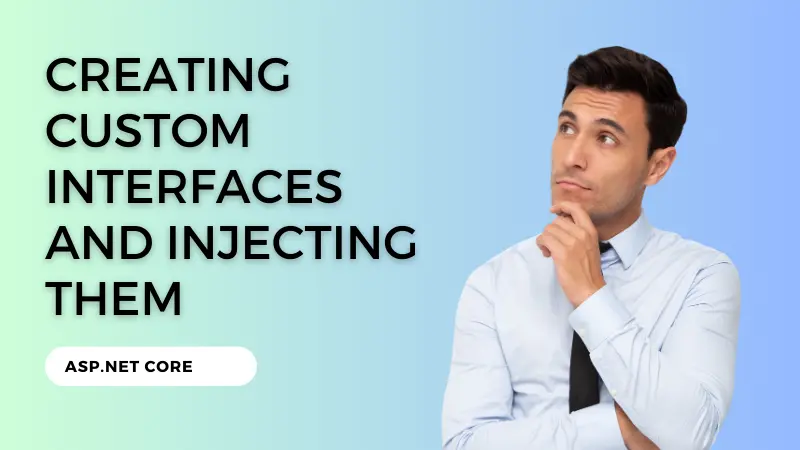To set up a DbContext in ASP.NET Core MVC, you need to perform the following steps:
Step 1: Install Entity Framework Core
Ensure that you have Entity Framework Core installed in your project. You can do this by adding the corresponding NuGet package. Open the NuGet Package Manager Console, and execute the following command:
Install-Package Microsoft.EntityFrameworkCoreStep 2: Create a DbContext class
Create a class that derives from the DbContext class provided by Entity Framework Core. This class represents the database context and provides a connection to the database and a set of tables (DbSet) to work with.
using Microsoft.EntityFrameworkCore;
public class YourDbContext : DbContext
{
public YourDbContext(DbContextOptions<YourDbContext> options)
: base(options)
{
}
// Define your DbSet properties here representing your database tables
public DbSet<YourEntity> YourEntities { get; set; }
// Add more DbSets for other tables as needed
}Step 3: Configure DbContext in Startup.cs
In the ConfigureServices method of your Startup.cs file, you need to configure your DbContext. This involves specifying the connection string and adding the DbContext to the dependency injection container.
using Microsoft.EntityFrameworkCore;
public class Startup
{
public void ConfigureServices(IServiceCollection services)
{
// Add DbContext to the dependency injection container
services.AddDbContext<YourDbContext>(options =>
options.UseSqlServer(Configuration.GetConnectionString("YourConnectionString")));
// Other services configuration...
}
// Other methods...
}Make sure to replace YourDbContext with the name of your DbContext class, and YourConnectionString with the actual connection string for your database.
Step 4: Use DbContext in Controllers
In your controllers, you can access the DbContext by injecting it through the constructor. ASP.NET Core’s dependency injection will provide an instance of the DbContext for you to work with.
public class YourController : Controller
{
private readonly YourDbContext _context;
public YourController(YourDbContext context)
{
_context = context;
}
// Use the _context instance in your controller actions
public IActionResult Index()
{
var data = _context.YourEntities.ToList();
return View(data);
}
// Other actions...
}You can now use the _context instance to perform CRUD operations and interact with your database within your controller actions.
Note: Remember to replace
YourControllerwith the name of your controller andYourEntitieswith the actual DbSet property name defined in your DbContext class.
That’s it! You have now set up a DbContext in ASP.NET Core MVC and can use it to interact with your database.


